
Strength training 101: You need an actual plan to follow.
If you don’t already have one, no worries at all!
You can create your very own customized one from scratch by reading through THIS POST.
You’ll come away knowing the different types of exercises to do, the number of sets, reps, and all that good stuff.
But then there’s the question of…
How long should you be resting in between sets and exercises?
“Ha! Rest, that’s for softies. I can rest when I sleep.”
Is that what you’re thinking?
That you should be going hard in the gym at all times and that resting means you’re not making progress?
If so, that’s the complete opposite of how you want to look at things.
I’ll put it to you like this…
Not resting in between sets and expecting to make progress would be like expecting a snail to beat a cheetah in a race.
Neither one is based in reality.
So we’re going to talk about how doing more of this in between sets:

… Can help you have better workouts, and ultimately, see more progress and results.
Why should you rest between sets anyway?
Strength training isn’t about how much you sweat, jacking your heart rate up, or feeling like your lungs are in a furnace on high heat.
It’s about lifting as much weight as possible so that you can build/retain muscle mass.
Muscle mass = a fitter-looking and more defined physique.
It’s the one that has you flexing and posing in the mirror right out of the shower, smiling at your abs that are poppin’ like a firecracker, toned arms, and peach emoji-worthy glues.
You want your body to look that way?
It’s going to require rest in between sets.
Here’s why…

I don’t want to get all Oppenheimer sciency on you but it’s good to just have a basic understanding.
You use three primary energy systems when you workout:
- ATP-CP system: Short, intense bursts of exercise. Think of things like sprinting, strength training, or plyometrics.
- Glycolytic system: You can think of this energy system as teetering the line between moderate and high-intensity exercise. The word “intermediate” is a pretty solid definition for it. Things like sprinting for 30-45 seconds fall under this category. So it’s not a quick burst like you’re running 100 meters but at the same time, you’re not running long distances either. You kick this energy system into gear once you pass your ATP-PC system threshold.
- Aerobic system: This energy system is responsible for long-duration activities. So the intensity isn’t crazy intense at one particular time but it’s just constant movement. You stimulate this energy system by doing things like jogging, cycling, rowing, dancing, or swimming.
What do the different energy systems have to do with resting in between sets?
Well, the one of importance is your ATP-CP system.
It’s the quickest to run out of energy but that’s the exact energy system you need to lift weights.
If you’re not resting in between sets, you’re not giving your body the time it needs to recharge your ATP-CP system.
Which meeeeans…
You won’t be able to attack your next set with maximum intensity and lift the most weight.
But the more weight you can lift, the more you’re taking advantage of progressive overload, which is not just kind of important but literally ESSENTIAL to getting you the best results possible.
What happens if you don’t rest between sets?
When you don’t rest between sets, your strength training workouts turn into cardio sessions.
And while you may feel like you’re working hard because you’re dripping in sweat, your muscles are burning, and you’re gasping for air like a fish out of water, it means absolutely nothing for muscle growth/maintenance.
And remember the role muscle mass plays in how your physique looks?
If your goal is to look more toned and improve body composition (I.e. lose fat, build some muscle) then resting between sets is a must.
How much rest between sets is ideal?

The more taxing an exercise is, the more you should be resting in between sets.
For example, lifting 6 reps requires a higher intensity (because you should be lifting more weight) than 12 reps.
And the number of reps you perform corresponds to the three types of exercises you want to have within your workouts.
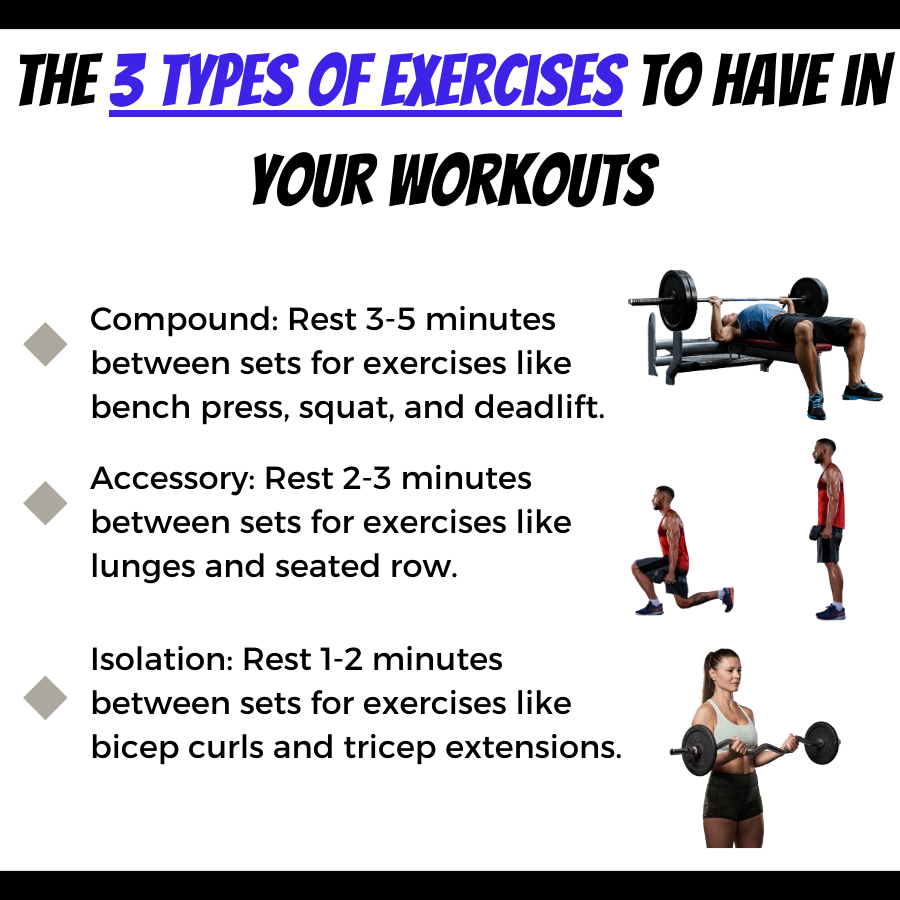
The three types of exercises that’ll determine how long to rest between sets are:
- Compound movements: You’ll lift the heaviest weight with compound movements. These are variations of your big main lifts like bench press, squat, and deadlift deadlift. Think lower reps for higher weight, meaning these types of movements are the most taxing. Rest between sets for compound movements → 3-5 minutes.
- Accessory movements: Also known as auxiliary movements, these complement your compound lifts and include exercises like Romanian deadlift (RDLs), lunges, and seated row. FYI, accessory movements are pretty much interchangeable with compound movements and vice versa. You’ll lift medium weight for medium reps with these, so think moderate intensity. Rest between sets for accessory movements → 2-3 minutes.
- Isolation movements: These “isolate” (it’s in the name) one muscle group at a time, so exercises like leg extension, leg curl, lateral raises, bicep curls, and tricep extensions. Higher reps go with isolation movements so these lifts have the lowest intensity. Rest between sets for isolation movements → 1-2 minutes.
I want to make something clear…
Don’t mistake intensity for how much effort you should be putting into an exercise.
No matter whether you’re lifting higher weight for low reps or lower weight for higher reps, you need to be challenging yourself and going within 1-2 reps of failure on your sets if you want to get the most out of your workouts and achieve optimal results.
Also, by the way, the above are just guidelines.
I repeat…
These.
Are.
Just.
GUIDELINES 🙂
Don’t take them as some hard-set, definitive rule you have to follow to a T no matter what.
Ultimately, you should be resting between sets long enough so that you can give your all on the next set.
If you take one thing away from this article, I want it to be this…
Your strength training workouts shouldn’t turn into cardio sessions and you’ll get the most out of your workouts by taking adequate rest in between sets.
How to apply rest between sets in your workouts
Here’s an example of how you can apply resting in between sets within your workouts:
- Bench press (compound movement) 3 sets x 6-8 reps: 3-5 minute rest between sets
- Shoulder press (accessory movement) 3 sets x 8-10 reps: 2-3 minute rest between sets
- Lat pulldown (accessory movement) 3 sets x 8-10 reps: 2-3 minute rest between sets
- Bicep curl (isolation movement) 3 sets x 10-12 reps: 1-2 minute rest between sets
- Tricep press down (isolation movement) 3 sets x 10-12 reps: 1-2 minute rest between sets
Notice how you’re resting longer in between sets for compound movements (lifting the most weight and more taxing on the body).
Conversely, you’ll have less rest with isolation movements (higher reps and less taxing on the body).
Also…
If you’re wondering why I have a range for each exercise as opposed to a single number to hit (I.e. 8-10 reps instead of just 10 reps) you definitely want to check out THIS ARTICLE.
You’ll have more success in the gym and be a lot happier with your training if you do 😉
Can you rest too long in between sets?
I mean, it’s not like you want to do a set on Monday then come back Tuesday and say “I’m all rested and ready for my next set!”
Here are some general guidelines one more time about how long to rest between sets:
- Compound movement (like squats, bench press, and deadlift): 3-5 minutes
- Accessory movements (like seated row, lunges, and lat pulldown): 2-3 minutes
- Isolation lifts (like bicep curl and tricep extensions): 1-2 minutes
How long should you rest in between exercises?
Let’s say you’re moving from performing squats to your next exercise, lunges.
How long were you resting in between sets for squat?
3-5 minutes?
Rest that long before starting on your lunges.
So basically, I’d recommend resting as long as you did on the exercise prior before starting a new exercise.
Again, and this goes along with the theme of the post, but…
This is just a guideline.
If you need more rest, take it.
What is the optimal rest time between workouts?
It’s less so about rest time between workouts as it is rest between training specific body parts.
For example, let’s say you train chest and triceps on Monday.
I’d wait at least 48-72 hours before training those same muscle groups again.
So by Wednesday or Thursday you could hit those same muscles again.
Trained legs on Tuesday?
You’d want to wait until at least Thursday to train lower body again.
More isn’t always better so, overall, I’d recommend at the VERY LEAST having two days of complete rest where the only “workout” you do is just make sure you get your daily steps.
Ideally, I’d encourage you to take 3 or 4 rest days per week.
If you’re giving it your all on the 3 or 4 days a week you do workout, that’s plenty.

What's up?
I’m Chad, I’m happy you’re here! I’m a certified personal trainer and my goal is to help you form practical, sustainable habits that lead to lifelong fitness results. If you want to lose fat, build muscle, and live a healthier, happier life then you’re right where you need to be. 💪🏾


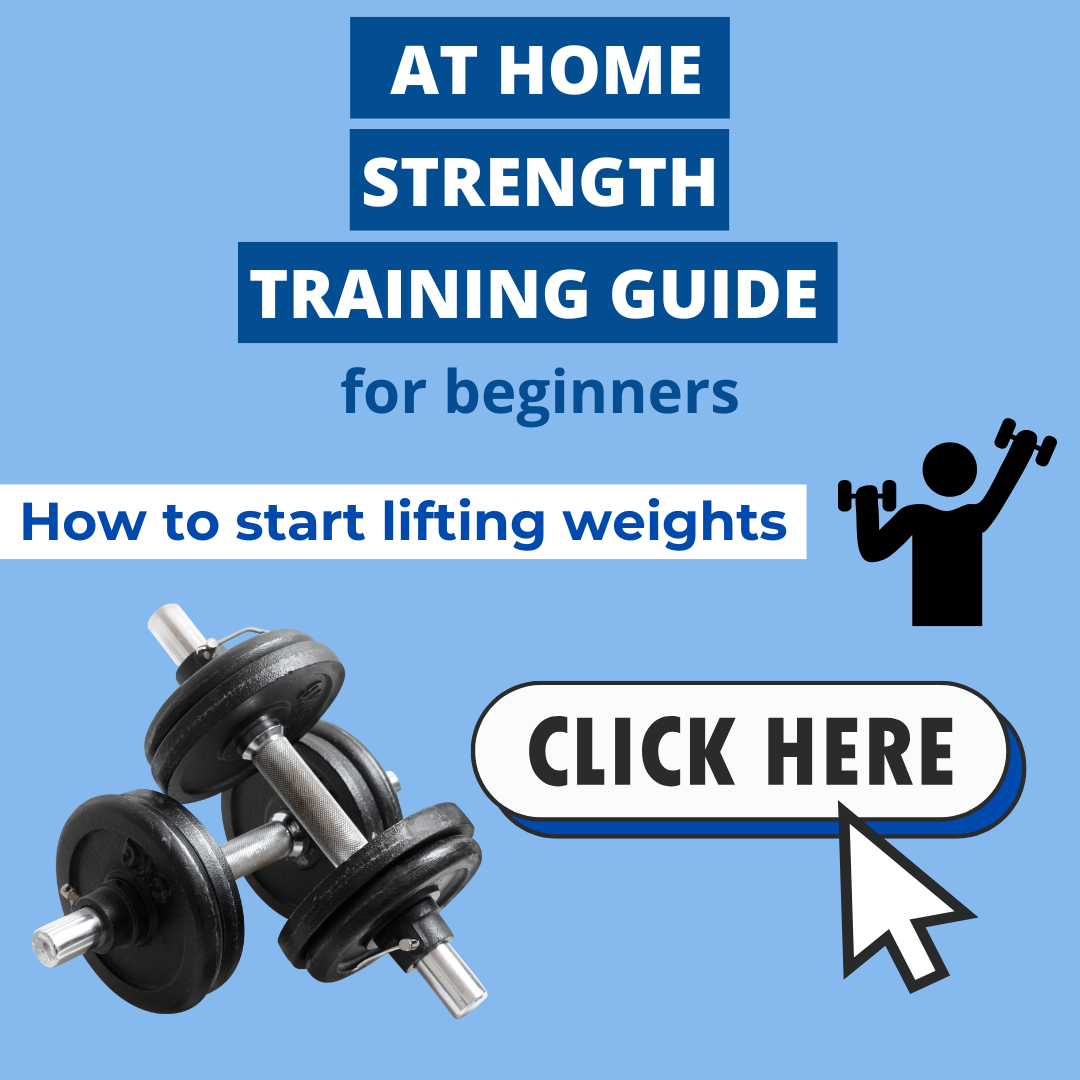

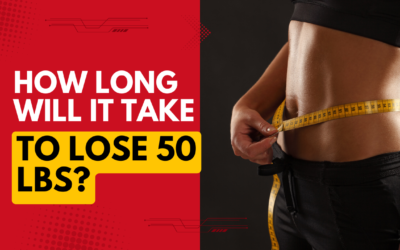
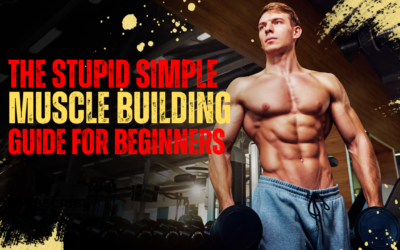
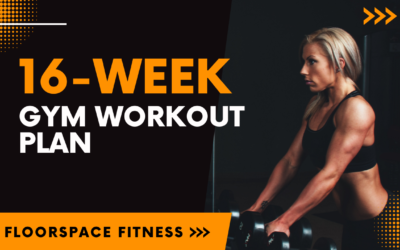
0 Comments